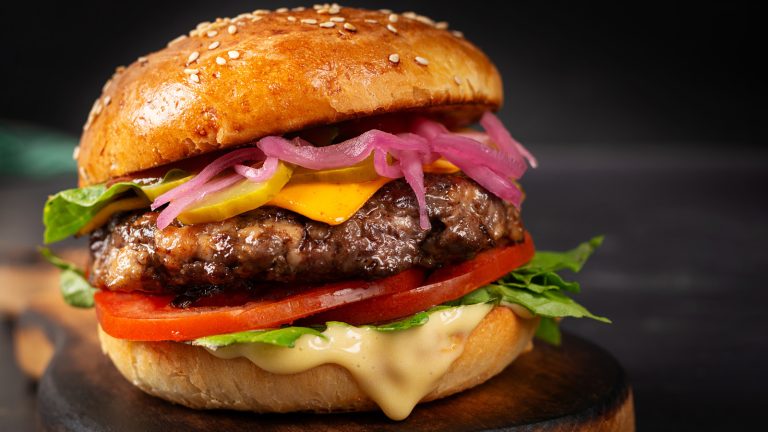You probably have cornstarch cubby-holed somewhere in the depths of your pantry. It’s a staple in many kitchens, and it’s easy to see why. Cornstarch is inexpensive and has a plethora of uses. The white powder, made from the interior of corn kernels, is almost a pure starch, with no gluten or fiber content. Cornstarch acts as a fantastic binding agent, can soften doughs, can help the breading on your fried chicken stick, and can even help you clean your kitchen. You can use it as the base for cookies and crackers, such as the Peruvian cornstarch-based alfajores. But did you know that cornstarch is also a practical egg substitute in some baking projects?
Since cornstarch is an effective binding agent, it can be added to baking recipes that use eggs for much the same purpose, such as custards, puddings, and lemon curd. Cornstarch can help add in a bit of thickness and stability to these baked goods. To sub in cornstarch for eggs, simply mix two tablespoons of cornstarch with three tablespoons of water. This mixture will replace one egg in recipes. While this cornstarch slurry works best in custards and creamy dishes, which incorporate eggs primarily as a binder, it can also be used in place of eggs in recipes for cookies or bars as well. And while this starchy substance can work wonders in your next baking project, like any other egg substitute, it is not universally suited in all cases.
When to use cornstarch and when to skip
First and foremost, it’s important to keep in mind the function that eggs play in any particular recipe before picking their culinary stand-in. When it comes to baking, eggs are a jack of all trades. Depending on the dish you are making, eggs can act as a leavening agent, a binding agent, and a source of moisture. Cornstarch simply cannot fulfill all three roles. Since it is made almost entirely of starch and has none of the egg’s fat or moisture content, cornstarch should not be substituted in recipes that use eggs for moisture (think of recipes that have few wet ingredients other than eggs). Cornstarch is also not a leavening agent, so baking recipes that have no leavening agents other than eggs are not good candidates for a cornstarch swap. The ingredient will also not work in recipes that call for three or more eggs, as these recipes most likely use eggs for leavening, binding, and moisture.
For this reason, you’ll want to use cornstarch as an egg substitute only in recipes that use eggs for binding. Or, if you want to use cornstarch in place of eggs in more complex recipes, you can combine it with other egg substitutes, such as apple sauce or seltzer water, which add moisture and act as a leavening, respectively. Just make sure that you fully understand the role your eggs are playing in any particular recipe before you reach for the starch.






